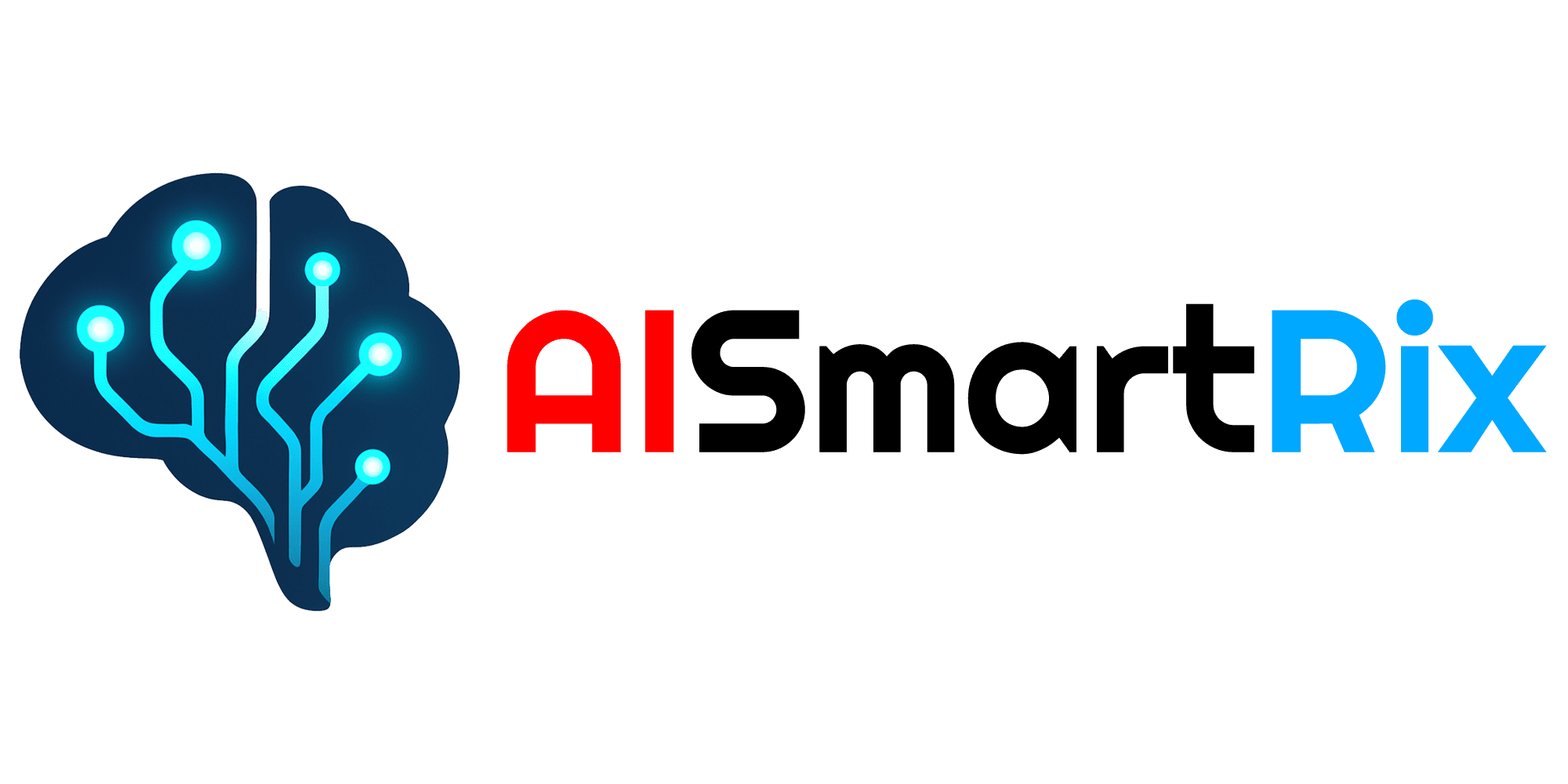TinyML Everywhere: The Ultra-Low-Power AI Revolution in Everyday Devices
The rise of Tiny Machine Learning (TinyML) is reshaping the landscape of artificial intelligence. Unlike traditional AI that relies on massive cloud servers or high-powered GPUs, TinyML brings AI directly to ultra-low-power devices, enabling real-time intelligence in everyday gadgets. From smart sensors and wearables to IoT devices, TinyML is making AI more accessible, efficient, and environmentally friendly.
In this article, we explore what TinyML is, its benefits, applications, and why this ultra-low-power AI revolution is poised to change the way we live and interact with technology.
1. What Is TinyML?
TinyML refers to machine learning models designed to run on low-power microcontrollers and edge devices. These models are optimized to consume minimal energy while providing AI capabilities close to the source of data. Key characteristics of TinyML include:
- Ultra-low power consumption: Operates on milliwatts of energy, ideal for battery-powered devices.
- Edge intelligence: Enables data processing directly on devices, reducing the need for cloud connectivity.
- Small memory footprint: TinyML models often occupy less than 1MB of memory.
- Real-time performance: Provides instantaneous insights without relying on external servers.
Essentially, TinyML enables AI to leave the cloud and live inside the devices we use every day, making intelligence truly ubiquitous.
2. Why TinyML Is a Game-Changer
Traditional AI models often require high energy, continuous internet connectivity, and expensive hardware, limiting their adoption in low-power devices. TinyML overcomes these barriers by offering:
- Energy efficiency: Significantly reduces power consumption, enabling devices to run for months on a single battery.
- Privacy and security: Data processing occurs locally, minimizing the risks of data breaches.
- Lower latency: Instantaneous decisions are possible without round-trip delays to the cloud.
- Scalability: TinyML enables AI integration into billions of everyday devices, from smart thermostats to wearable health monitors.
With these advantages, TinyML is democratizing AI, making it feasible for both consumers and businesses to implement intelligent solutions at scale.
3. Key Applications of TinyML
The ultra-low-power AI revolution is already impacting numerous industries:
- Smart Homes: Voice-activated assistants, occupancy sensors, and energy optimization devices use TinyML to operate efficiently.
- Wearables & Health: Fitness trackers and medical monitors employ TinyML to analyze data in real time while preserving battery life.
- Agriculture: Soil sensors and crop monitors use on-device AI to provide farmers with instant insights for sustainable farming.
- Industrial IoT: TinyML powers predictive maintenance, detecting anomalies in machinery before costly failures occur.
- Consumer Electronics: From smart earbuds to AI-enabled cameras, TinyML delivers intelligence without cloud dependence.
These applications demonstrate how AI is becoming more pervasive, intelligent, and environmentally conscious.
4. TinyML vs Traditional AI
| Feature | Traditional AI | TinyML |
|---|---|---|
| Power Consumption | High | Ultra-low |
| Latency | Cloud-dependent | Real-time on-device |
| Hardware Requirements | GPUs, servers | Microcontrollers |
| Data Privacy | Cloud storage | Local processing |
| Scalability | Limited by infrastructure | Billions of devices |
The comparison clearly highlights why TinyML is the future of AI for ubiquitous devices, especially as edge computing becomes more prominent.
5. Challenges in TinyML Adoption
Despite its advantages, TinyML faces several challenges:
- Model Compression: Designing highly efficient models that fit tiny memory constraints.
- Hardware Compatibility: Not all microcontrollers are optimized for AI tasks.
- Energy-Accuracy Tradeoff: Balancing power consumption with model performance is critical.
- Development Complexity: Requires expertise in both AI and embedded systems.
Overcoming these challenges will be crucial for mainstream adoption and innovation in ultra-low-power AI devices.
6. The Future of Ultra-Low-Power AI
The TinyML revolution is just beginning, and its future is promising:
- Next-Generation Chips: Microcontrollers specifically designed for AI will enhance performance and efficiency.
- Integration in Everyday Life: Expect TinyML in smart cities, connected vehicles, home automation, and healthcare.
- Energy-Conscious AI: TinyML will drive eco-friendly AI solutions, reducing the carbon footprint of intelligent devices.
- AI at Scale: Billions of devices equipped with TinyML will create a decentralized AI ecosystem, making intelligence more responsive and personalized.
TinyML is not just a technological trend—it is a paradigm shift in how we design, deploy, and interact with AI.
Conclusion
From smart homes to wearable devices, TinyML is enabling AI to be more accessible, efficient, and environmentally friendly than ever before. By running AI directly on low-power devices, the technology empowers real-time decision-making, enhances privacy, and reduces energy consumption.
As TinyML becomes mainstream, one question emerges: Which everyday devices in your life could benefit most from ultra-low-power AI, and how will it change your interaction with technology?





